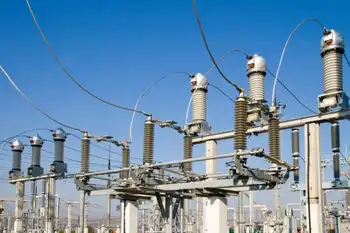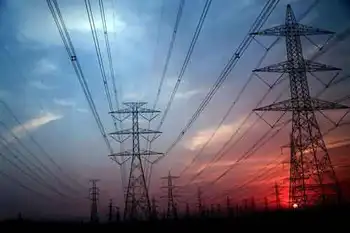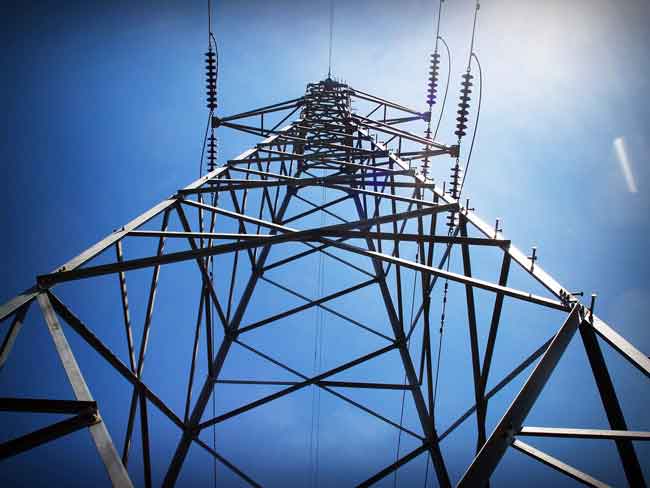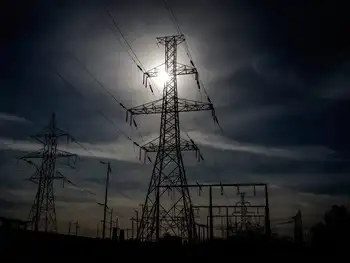Opposition mounts to clean air change affecting parks
By Associated Press
Protective Relay Training - Basic
Our customized live online or in‑person group training can be delivered to your staff at your location.

- Live Online
- 12 hours Instructor-led
- Group Training Available
The proposed change, pending since last June, comes as the utility industry moves into its biggest building boom in coal-fueled power plants in decades. To meet growing electricity needs, more than 20 plants are under construction in 14 states and more than 100 are in various stages of planning.
Tennessee Sen. Lamar Alexander, the third-ranking Republican in the Senate, vowed in an interview with The Associated Press to push Congress to overrule the EPA if it enacts the rule, perhaps as early as this summer.
The new rule would change the way states, the EPA and others calculate the impact of a new pollution source, like a coal plant, on a park's maximum pollution load, said John Bunyak of the National Park Service's Air Resources Division in Denver. Instead of weighing peak periods of pollution, the new rule would use annual averages.
Don Barger, southern regional director for the National Parks Conservation Association, compared it to a person sticking one hand in a block of ice and the other in a fire.
"Your average temperature is just fine, but your hands are not," he said. "You are getting some real impact there."
As an example, he said air quality in Great Smoky Mountains National Park, the country's most-visited national park with more than 9 million visitors a year, recently reached an "orange alert" pollution warning. The park straddles the Tennessee-North Carolina border.
When that happens, "the park is getting hammered. People in the park are getting hammered. Plants in the park are getting hammered," Barger said. "It doesn't matter where it averages out some other time. You have a family from Ohio on vacation. It is the only time they are going to be there. What views can they see? What air are they breathing?"
EPA spokeswoman Cathy Milbourn said the rule is part of an EPA program to prevent air quality degradation in national parks and would not change the level of emissions allowed in clean-air areas.
But in a letter to EPA Administrator Stephen Johnson, Alexander writes that the National Park Service and the EPA's own regional air quality experts have determined the proposal would result in undercounting of actual pollution sources.
Alexander wrote that the National Park Service says the rule "provides the lowest possible degree of protection" for 156 so-called Class 1 areas that include the country's most revered national parks and preserves, from Arcadia in Maine to Yellowstone in Wyoming.
Seven senators have signed the letter: Democrats Thomas Carper of Delaware, Benjamin Cardin of Maryland, Ken Salazar of Colorado and Jon Tester of Montana, and Republicans Judd Gregg of New Hampshire, Elizabeth Dole of North Carolina and John Warner of Virginia.
More than 1,300 people have sent letters to the EPA over the proposal. Many are form letters that begin, "I am outraged to learn about EPA's proposed rule change that would undermine laws that protect air quality in Class 1 national parks, which are supposed to have the cleanest air in the country."
Others back the agency. M. Cheryl Heying, director of the Utah Division of Air Quality, wrote that Utah "strongly supports the direction that EPA is taking," saying the rule change recognizes the complexities of permitting decisions and the need to give states flexibility in the process.
Alexander isn't against coal, which fuels about half the electric power generation in this country. But he worries a half dozen new coal plants are planned in Kentucky, Virginia and North Carolina, all within 200 miles of the Smokies. Thirty already operate in the region.
"It is important to remember the Smokies has among the highest levels of ozone or smog in the eastern United States, either inside or outside a national park," Alexander said. "And it has one of the highest rates of sulfur and nitrogen pollution in North America."















